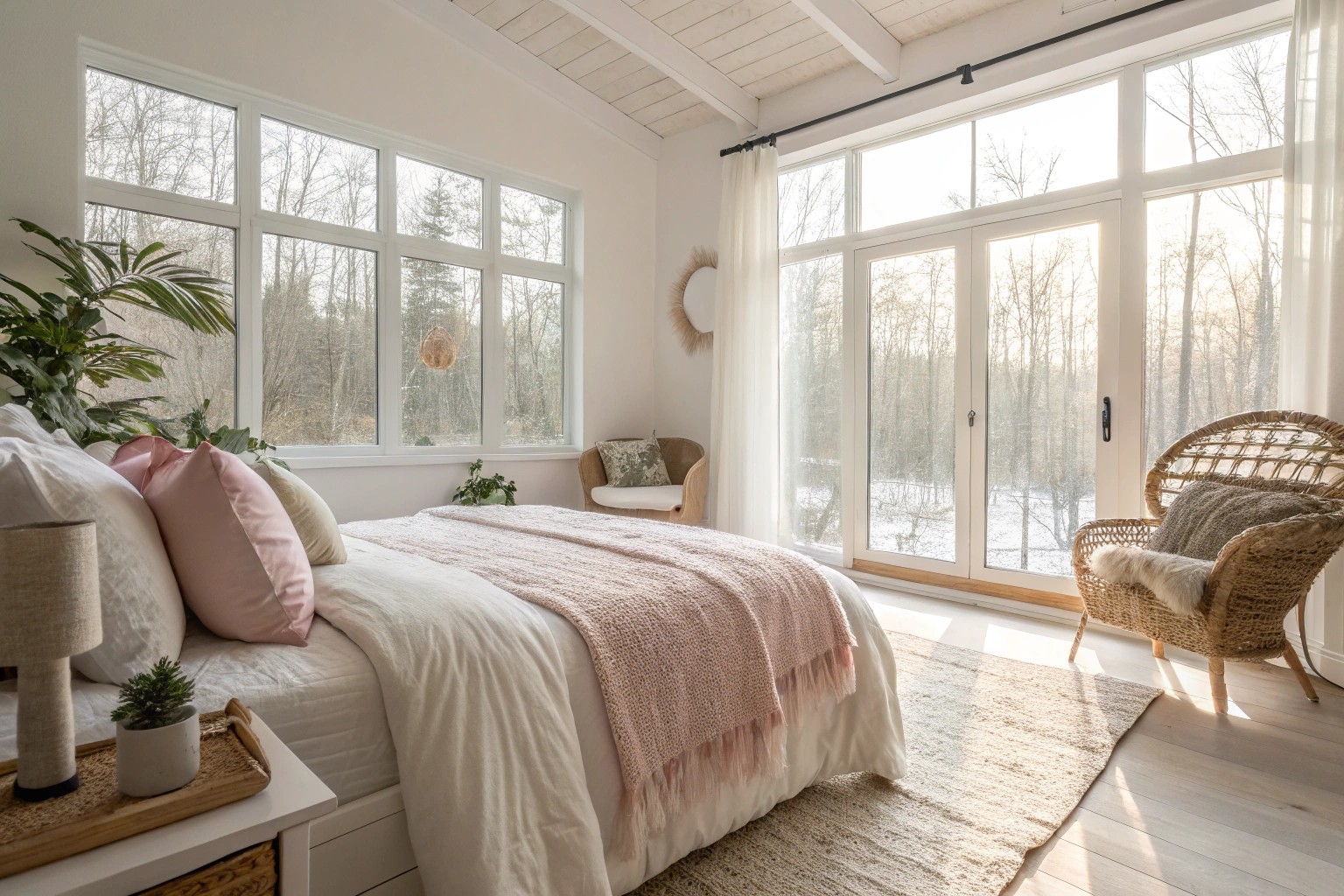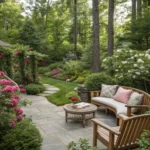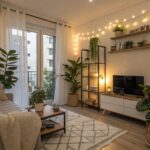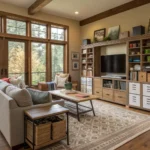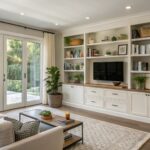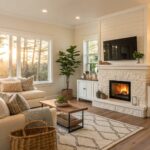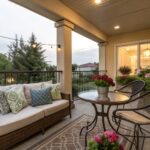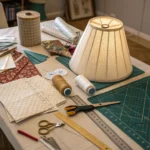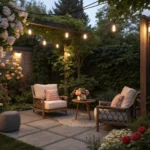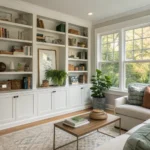Creating environments that support recovery and emotional well-being requires thoughtful attention to every design element that surrounds us during vulnerable times. The spaces we inhabit can either accelerate healing or inadvertently add stress, making intentional design choices essential for fostering restoration and peace.
Understanding the Psychology of Healing Spaces
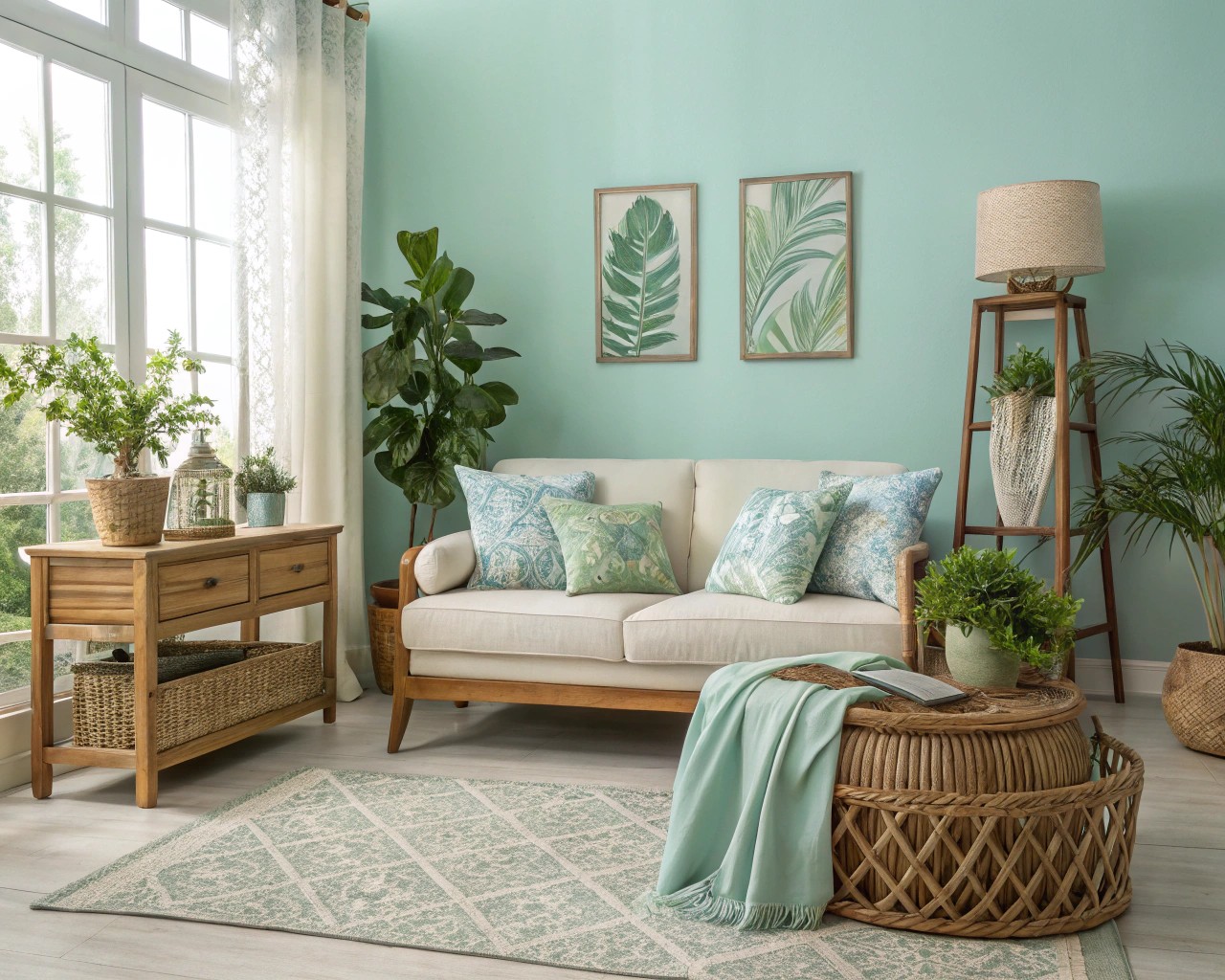
When designing for healing, every element must serve a therapeutic purpose. Research consistently shows that our physical environment directly impacts our psychological state, influencing everything from stress hormone levels to recovery times. The goal is creating spaces that feel safe, nurturing, and restorative without appearing clinical or institutional.
I’ve observed that successful healing spaces share three fundamental characteristics: they reduce overstimulation, provide a sense of control, and connect occupants with nature’s calming rhythms. These principles guide every decision, from wall colors to furniture placement, ensuring that the environment actively supports rather than hinders the healing process.
The most effective healing environments incorporate what researchers call “soft fascination”—gentle, engaging elements that capture attention without demanding intense focus. This allows the mind to rest while remaining pleasantly occupied, creating ideal conditions for restoration and recovery.
The Power of Soft Tones in Therapeutic Design
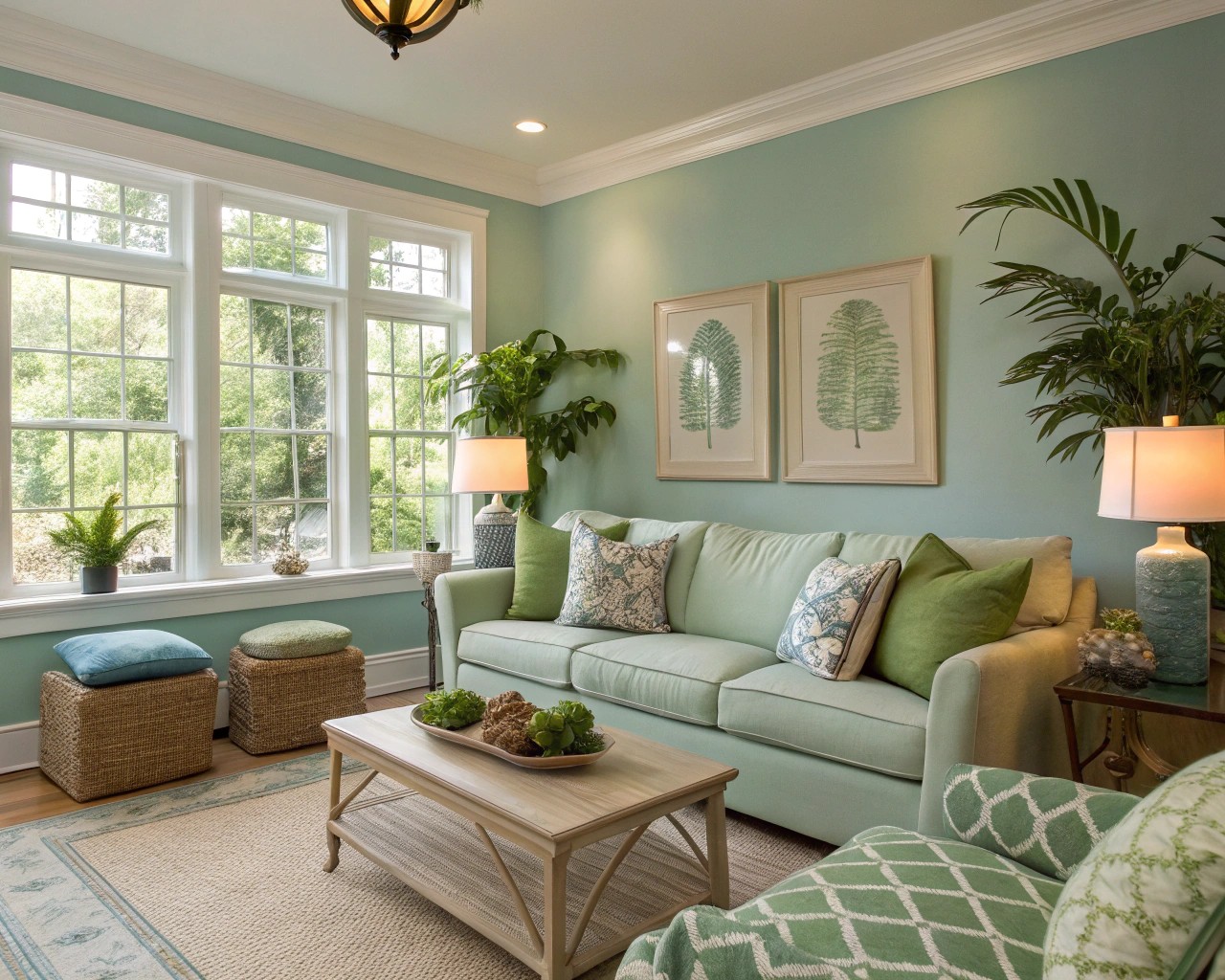
Essential Calming Color Palettes
Healing Blues: Blue stands as the cornerstone of healing color palettes, particularly in lighter, softer variations. These hues naturally lower blood pressure and heart rate while promoting the production of calming neurotransmitters. However, not all blues work equally well in healing spaces.
Recommended Blue Tones:
- Powder blue (#B8D4E3): Creates expansive, airy feelings
- Sage blue (#91A3B0): Combines blue’s calm with green’s restoration
- Mist blue (#C1D3D8): Provides gentle visual rest
- Whisper blue (#E6F0F3): Nearly neutral yet softly soothing
Restorative Greens: Green is associated with nature, growth, and harmony, promoting balance while reducing anxiety and stress. Pale greens, particularly those reminiscent of nature, create a sense of harmony and balance.
Nature-Inspired Green Options:
- Pistachio green: Restful and nurturing, directly connected to lush outdoors
- Sage green: Known to create relaxing atmospheres when combined with dusty blue
- Soft mint: Provides freshness without overwhelming stimulation
- Eucalyptus: Connects indoor spaces to natural healing properties
Warm Neutrals and Earth Tones: Earthy neutral shades such as beige, taupe, and cream create warm, cozy environments that promote relaxation. These colors work well with other calming colors and serve as a soothing base for inviting color schemes.
Color Psychology for Healing
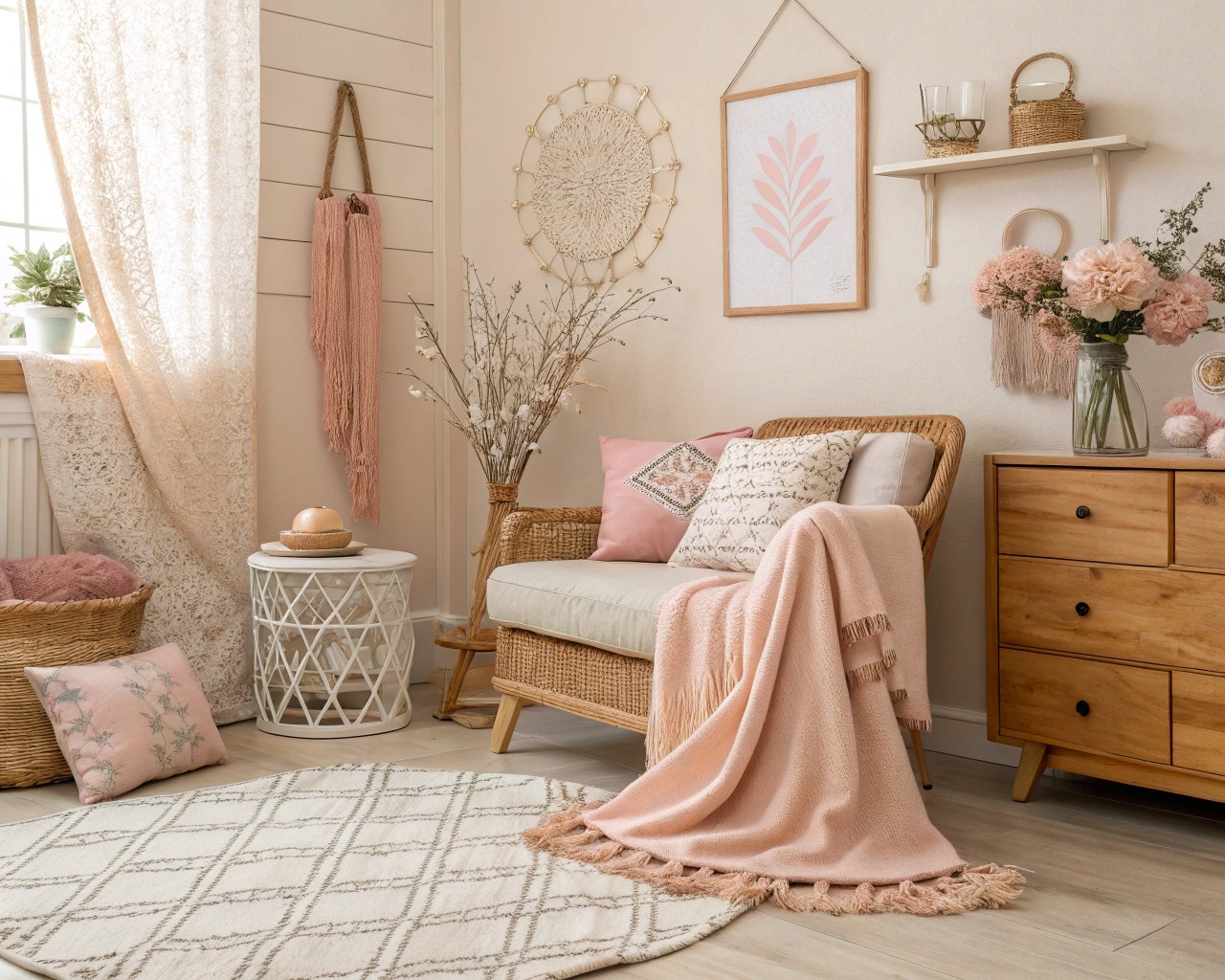
Colors have the power to evoke specific emotions and impact our psychological state. When you connect with nature through color, positive changes occur in the body: lowering blood pressure, decreasing heart rate, reducing stress, and improving mood.
Therapeutic Color Effects:
| Color Family | Psychological Impact | Best Applications |
|---|---|---|
| Soft Blues | Reduces stress, lowers blood pressure | Bedrooms, meditation spaces |
| Pale Greens | Promotes balance, reduces anxiety | Living areas, bathrooms |
| Warm Neutrals | Creates comfort, promotes relaxation | Throughout healing spaces |
| Lavender Tones | Brings inner peace, calms mind | Sleep areas, quiet corners |
| Soft Pinks | Nurturing, promotes emotional well-being | Reading nooks, sitting rooms |
The right shade selection involves understanding that brighter shades could leave you feeling overstimulated, while softer, lighter variations are linked to tenderness and empathy.
Easy Textures That Heal
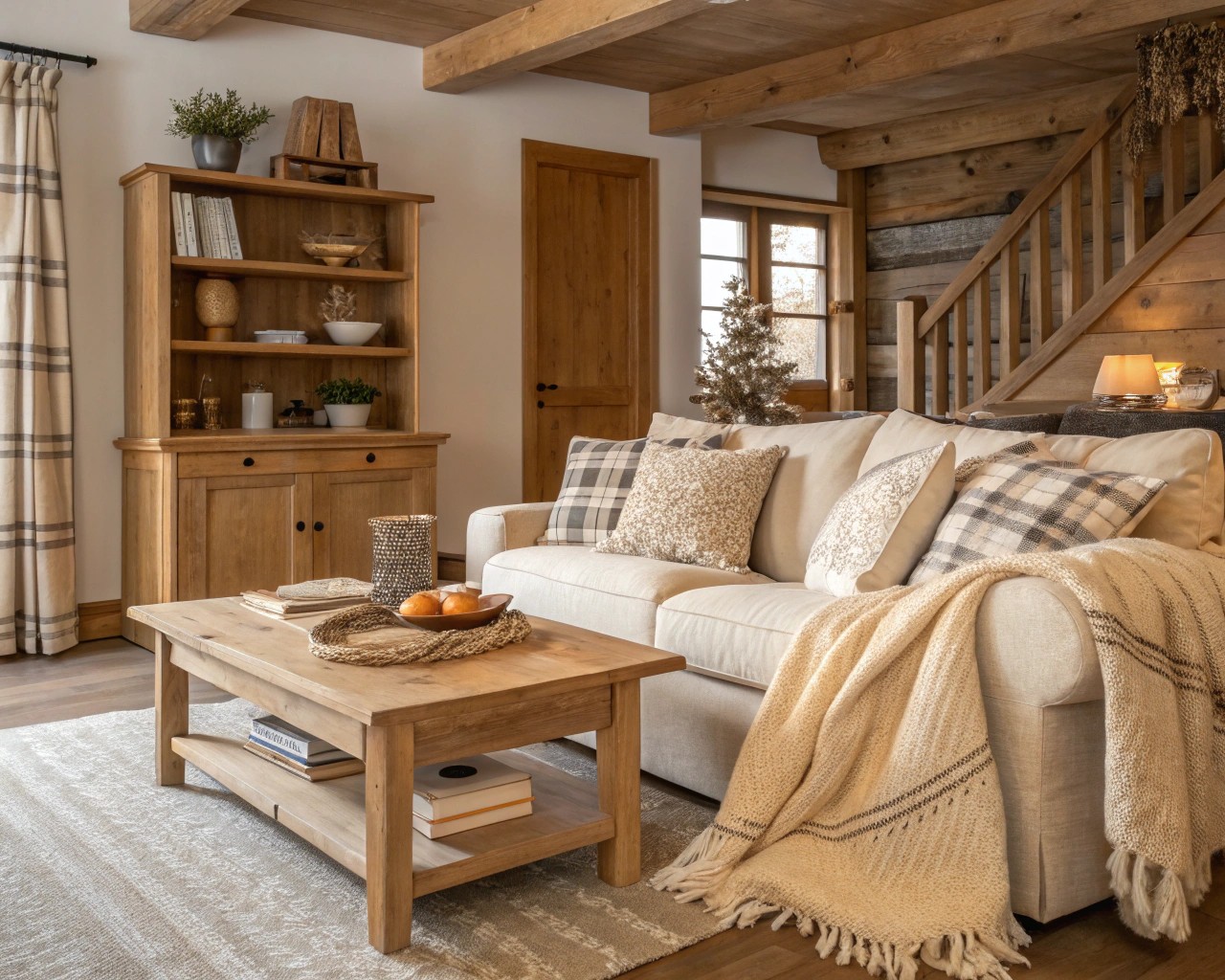
The Science of Tactile Comfort
Soft textures in home interiors can activate calming responses in the nervous system. Touch significantly impacts our nervous system, and research shows that tactile contact with natural materials like wood does not cause psychological or physical stress responses. The psychology of texture reveals that different materials evoke distinct emotional feelings under various sensory conditions.
Natural Material Foundations
Wood Elements: Wood texture provides visual stimulation through natural nodes, colors, and structure while offering tactile comfort. Natural and smooth wood surfaces are more positively perceived and create a sense of safety and reliability. Wood represents a relatively safe and reliable texture in people’s cognition across all experimental conditions.
Essential Wood Applications:
- Light oak flooring for grounding stability
- Bamboo elements for sustainable, smooth appeal
- Reclaimed wood accents for organic authenticity
- Natural wood furniture with rounded edges
Soft Natural Fibers: Natural fibers like linen, cotton, wool, jute, and hemp promote direct sensory connection to nature through biophilia. These materials reduce harmful VOC emissions common in synthetics while regulating indoor humidity and improving air purification.
Healing Textile Choices:
- Linen: Breathable, lightweight, perfect for creating tranquil atmospheres
- Cotton: Soft layering material for cozy neutral color schemes
- Wool: Provides texture depth while maintaining visual lightness
- Jute: Creates visual and tactile depth through woven materials
Layering Textures for Comfort
Layering soft colors and textures is one of the best ways to achieve a relaxing interior. Start with a muted base like beige or cream and add layers of soft textures through throws, rugs, and cushions. This method creates depth while keeping everything visually light and airy.
Texture Layering Strategy:
1. Foundation Layer: Natural stone or smooth wood surfaces
2. Comfort Layer: Soft furnishings and textiles for warmth
3. Accent Layer: Woven materials like rattan or seagrass
4. Detail Layer: Plush fabrics for tactile comfort
The intentional use of soft textiles extends beyond visual and tactile benefits, influencing the acoustics of a space. These furnishings absorb sound, reducing echoes and creating peaceful environments, particularly beneficial in open-plan areas.
Safe Shapes: Creating Psychological Comfort
The Psychology of Form
Shapes influence us subliminally and can provoke fear, anxiety, curiosity, tranquility, confidence, or calm. The human brain sees first the shape, then the details, making shape selection crucial for creating therapeutic environments. Choosing the right shape becomes very important according to what we want to achieve as an objective.
Healing Shape Principles
Circles and Rounded Forms: Circles symbolize unity, eternity, and harmony, often associated with inclusiveness, community, and interconnectedness. Research shows we receive round shapes, particularly circles, more positively than alternate shapes. Studies suggest that circular shapes were the abstract symbol for happiness, while triangular shapes represented anger.
Benefits of Circular Elements:
- Create sense of security and familiarity
- Project harmony, security, and delicacy
- Provide feeling of unity and protection
- Reduce perception of threat compared to sharp angles
Squares and Rectangles for Stability: Squares and rectangles represent stability and order, giving viewers a sense of reliability and security. These shapes make people feel safe and contained through their straight lines and right angles. People strongly associate squares and rectangles with buildings, creating subconscious feelings of shelter and protection.
Curved Lines for Flow: Curves, with their soft, undulating lines, naturally evoke a sense of calm and continuity. The psychology behind integrating curves reveals that these elements inherently evoke ease, safety, and comfort. Humans are instinctively drawn to curves, which are subconsciously associated with safety and the absence of threat.
Implementing Safe Shapes
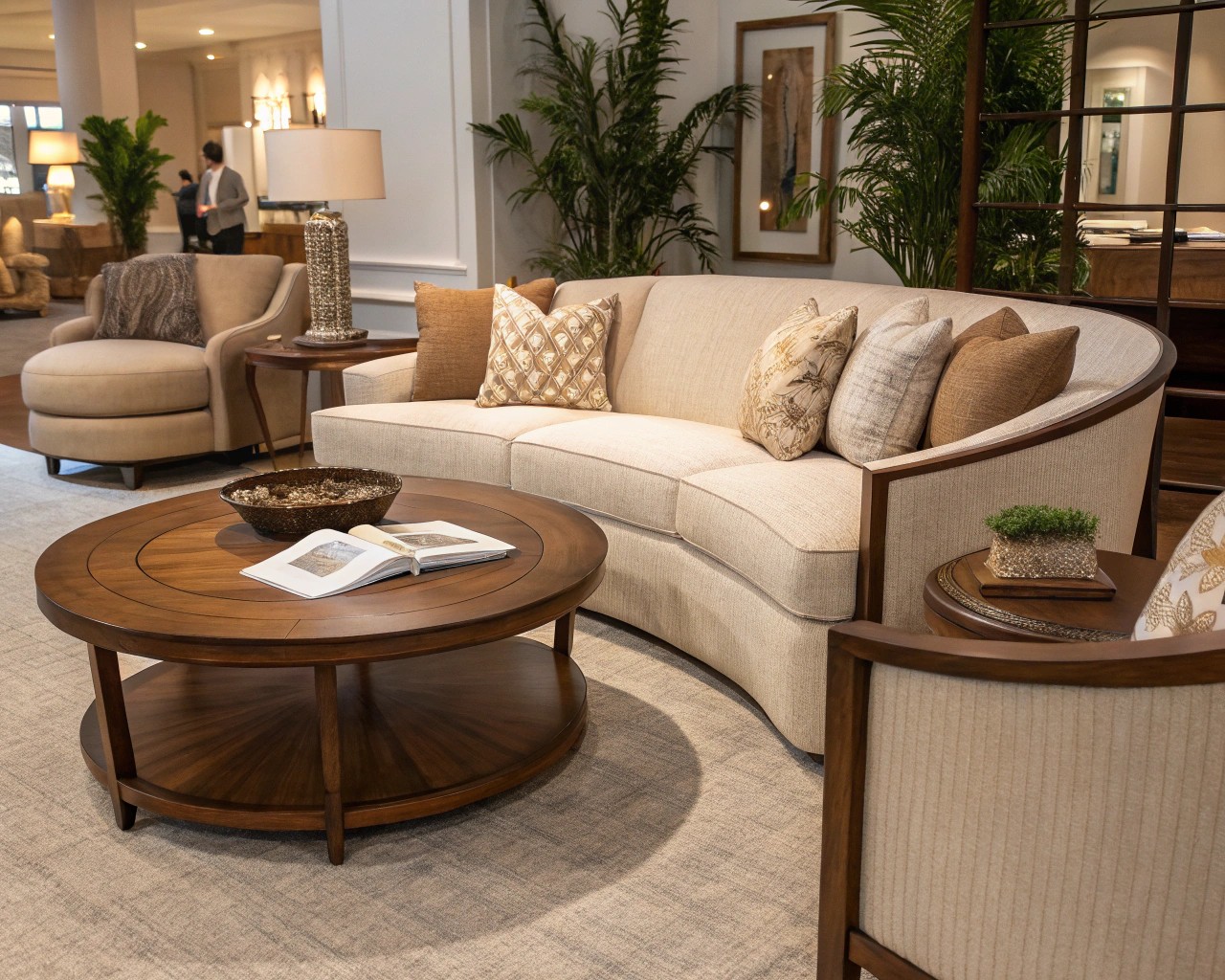
Furniture Selection Guidelines:
| Shape Type | Psychological Effect | Recommended Applications |
|---|---|---|
| Rounded tables | Promotes inclusive conversation | Dining areas, meeting spaces |
| Curved seating | Reduces stress, increases comfort | Living rooms, reading areas |
| Oval mirrors | Creates harmony, softens space | Bathrooms, entryways |
| Soft-edged storage | Eliminates harsh corners | Throughout healing spaces |
Avoiding Problematic Forms: Sharp angles and acute angles can provoke anxiety and even fear. While they attract attention more effectively than curves, they should be used sparingly in healing environments. The research found that humans are more drawn to curvilinear shapes as opposed to angular shapes.
Bringing Nature Indoors: Biophilic Design Elements
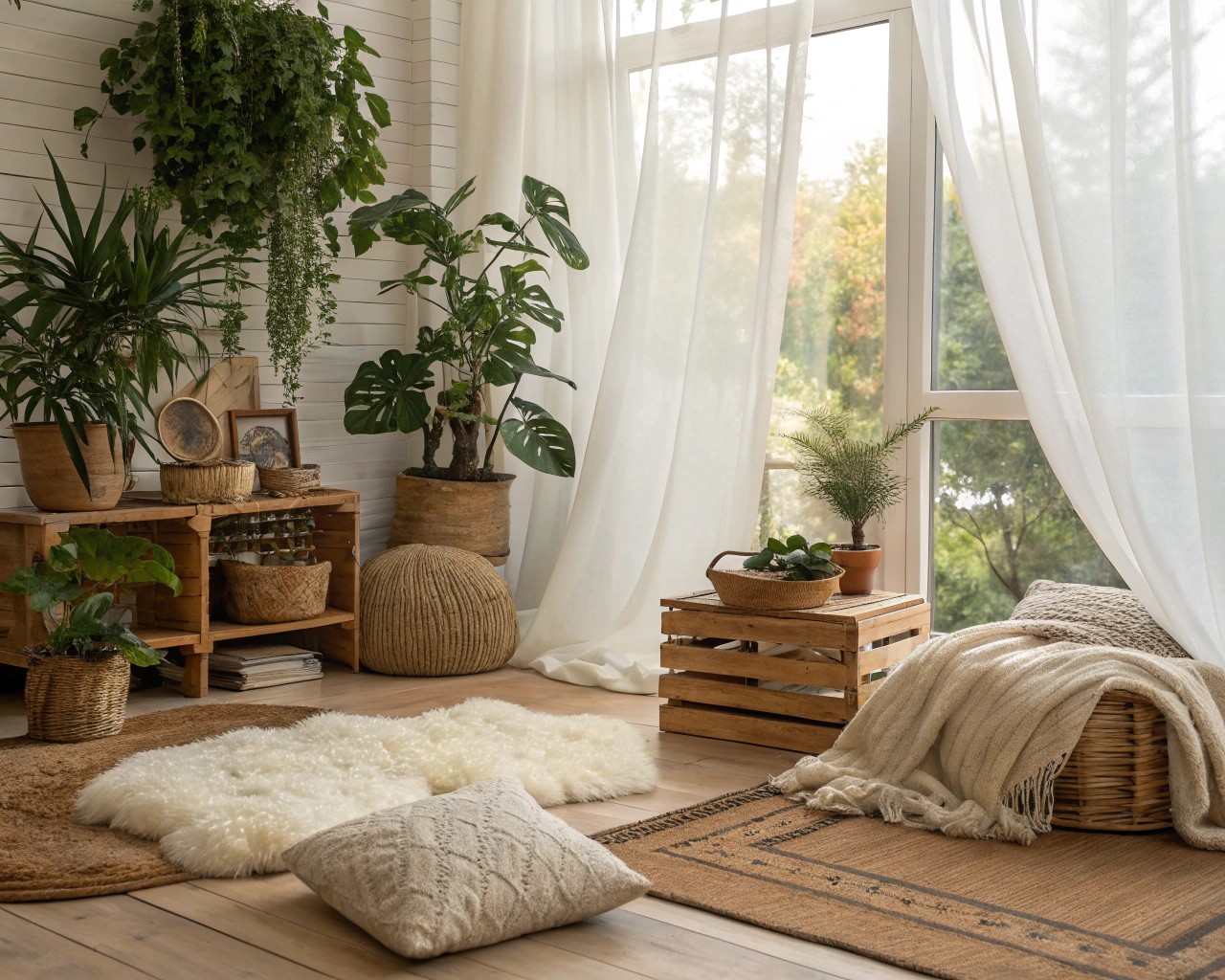
The Healing Power of Nature Connection
Biophilic design integrates natural elements into built environments to promote human health and wellbeing. In healthcare settings and healing spaces, it aims to enhance the healing process and improve the overall environment. Research proves biophilic design can reduce stress and could also improve healing times.
Essential Natural Elements
Living Plants for Healing: Plants bring life to otherwise sterile spaces while cleaning the air by absorbing CO2 and giving off oxygen. Certain plants have specific healing properties that can transform your abode and help you enter a zen state of mind.
Therapeutic Plant Selections:
- Aloe Vera: Famous for skin healing and bright light growth
- Lavender: Color and beauty bring smiles; leaves and flowers reduce anxiety
- Chamomile: Used in herbal medicines for relieving stress and anxiety
- Mint: Refreshing fragrance that mesmerizes and improves mood
- Basil (Tulsi): Magical benefits from mosquito repellent to disease fighting
Water Elements: Adding moving water elements like fountains creates feelings of tranquility and acts as pleasant “white noise”. Moving water adds negative ions to the air, improving air quality by removing pollutants and allergens while increasing oxygen. Studies show that negative ion generators can relieve symptoms of depression as effectively as antidepressants.
Natural Light Integration
Circadian Rhythm Support: Following the rhythm of natural light by opening blinds and allowing daylight in, or varying light intensity during the day, more closely mimics the sun’s normal patterns. Exposure to natural light helps regulate the body’s internal clock, promoting better sleep patterns and reducing the risk of delirium.
Daylighting Benefits:
- Speeds up recovery through circadian rhythm regulation
- Boosts mood and morale, alleviating depression and anxiety
- Reduces stress levels and pain perception
- Promotes healing through improved sleep quality
Creating Mindful Healing Spaces
Principles of Mindful Design
Mindful interior design encourages being more present and appreciative of the now. A mindful home creates a retreat from the hectic pace of everyday life, transforming your home into a haven of mindfulness. The concept focuses on creating environments that nurture well-being, support personal values, and enhance daily life.
Essential Mindful Elements
Purposeful Space Planning: Focus on function and flow by designing spaces to be both functional and intentional. Consider how you use your home and ensure that furniture placement and room layout encourage movement and balance. Avoid overcrowding rooms and focus on pieces that add value and contribute to openness and tranquility.
Minimalist Foundations: A harmonious interior design concept in a largely minimalist style provides a good foundation for mindful living. Open spaces instead of lots of furniture, minimalist shapes instead of extravagant design, and muted colors instead of distracting patterns are key elements.
Reflection Areas: Create designated spaces for relaxation or reflection using color palettes that include soft pastels or calming neutrals, accompanied by natural light. Adding plants enhances the therapeutic effect, as greenery brings life to spaces and contributes to overall mood.
Inclusive and Accessible Healing Design
Universal Design Principles
True accessibility in wellness spaces is about respect and equality. Universal design creates spaces that work for as many people as possible, regardless of their abilities, age, or status. It’s about designing spaces that are inherently inclusive from the start rather than retrofitting them later.
Accessibility Considerations
Physical Accessibility: Inclusive design ensures spaces are physically accessible to everyone, including those with disabilities. This includes ramps, wide doorways, and accessible restrooms. Making physical spaces accessible reduces stress and anxiety for individuals with mobility challenges.
Sensory-Friendly Environments: Sensory overload can be a significant challenge for individuals with sensory sensitivities or trauma histories. Inclusive design mitigates this by incorporating adjustable lighting, soundproofing, and tactile materials.
Essential Inclusive Features:
- Adjustable lighting controls for sensory comfort
- Noise reduction measures and quiet spaces
- Clear signage and wayfinding systems
- Comfortable seating arrangements with options
- Private areas for reflection and decompression
Practical Implementation Guide
Room-by-Room Application
Bedroom Sanctuaries: Use powder blue or sage blue walls with natural linen bedding. Incorporate rounded furniture edges and curved bedside tables. Add lavender plants or sachets for natural aromatherapy. Layer soft textures through wool throws and cotton cushions.
Living Space Restoration: Create conversation areas with curved seating arrangements. Use warm neutral base colors like beige or taupe. Incorporate natural wood coffee tables with rounded edges. Add woven jute rugs for tactile depth. Include living plants like aloe vera or mint for air purification.
Healing Bathrooms: Install soft blue or pale green color schemes. Use natural stone elements for grounding. Add bamboo accessories for sustainable appeal. Ensure adequate natural light or full-spectrum lighting. Include plants that thrive in humidity like mint or eucalyptus.
Maintenance and Evolution
Seasonal Adjustments: Adapt your healing space seasonally by adjusting textile weights and plant selections. Natural fibers like linen feel cool in summer and cozy in winter. Rotate between lighter and heavier textures to maintain comfort year-round.
Ongoing Assessment: Regular assessments and feedback loops should be established to ensure healing practices remain effective. Notice how your space affects your mood and energy levels, making adjustments as needed.
Your healing space should evolve with your needs, supporting your journey toward wellness through thoughtful design choices that prioritize comfort, safety, and restoration. The integration of soft tones, easy textures, and safe shapes creates environments that don’t just look beautiful but actively contribute to your healing process.

